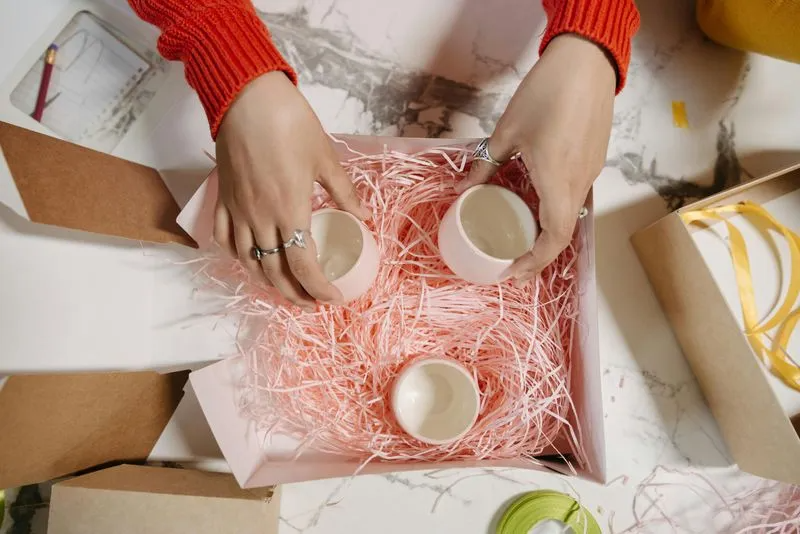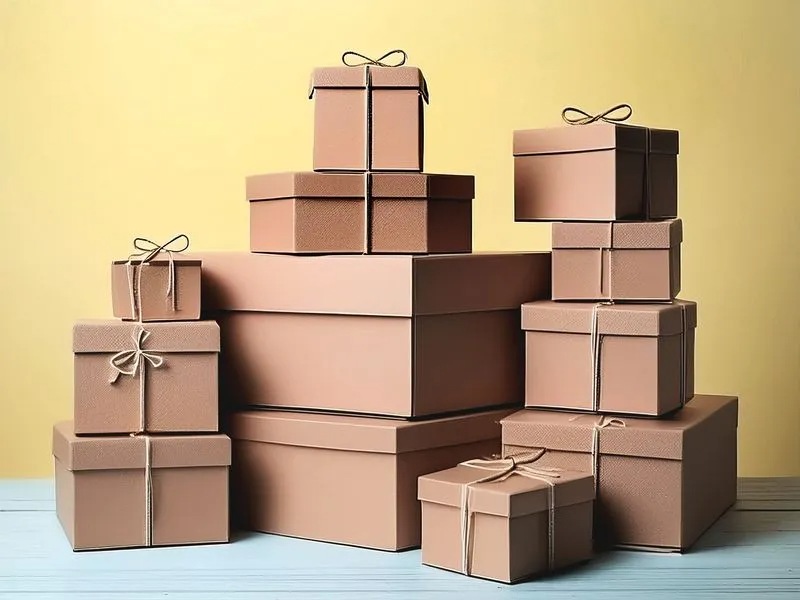Create better shipping boxes by avoiding these common packaging mistakes.
In today's crowded market, first impression is everything.
It's easy for a business with great packaging to get more attention, opportunities, and revenue. But the opposite is just as true. Bad packaging means your products could sit on store shelves for an awfully long time.
Here's the deal: We've seen it all. As packaging experts, we know what works and what doesn't. And we're here to help.
Below is a list of 10 common packaging mistakes that we've seen business owners make. Use this guide to make the most effective packaging for your business.
Wrong Packaging Material
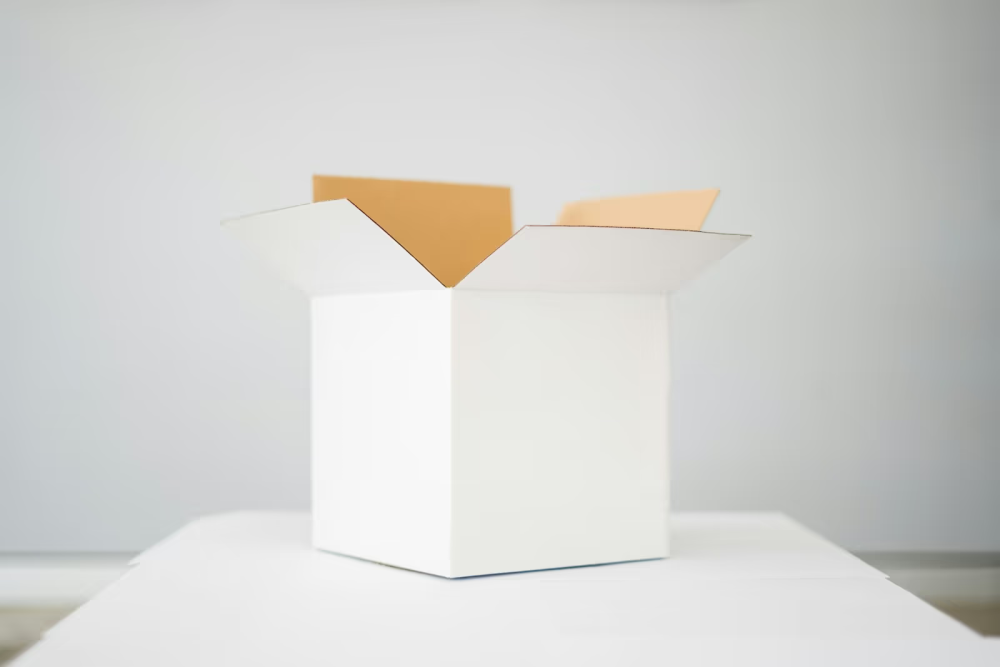

Choosing the wrong packaging material can be a very costly mistake. Why? While affordable, using a flimsy material can result in damage while products are on display or during transport. The last thing you want is a damaged product. It'll reflect poorly on your brand.
For heavier items, opt for sturdy cardboard with a weight capacity that can handle the job. Fragile items deserve some extra TLC. Padded mailers or custom inserts provide essential cushioning to ensure they arrive in perfect condition.
And don't forget about the eco-conscious customer! Explore sustainable options like recycled cardboard or innovative new materials like mushroom packaging.
By prioritizing strong, protective, and eco-friendly packaging, you're sending a clear message: You care about your product, customers, and the planet.
Wasteful Packaging
Order your boxes to size if possible. You don't want to end up with packaging that's either too big or small. Not only do you end up using more material than needed which is bad for the environment, but you'll also find yourself spending more on packaging than necessary.
You'll need to use additional packaging fillers. As a result, you'll have to pay more for shipping because your packaging weighs more and takes up more space. Custom-sized packaging will enhance the professional appearance of your products on store shelves.
Oversized packaging can be a burden for your customers too. Bulky boxes and packages can be difficult to carry and generate unnecessary waste.
Not Using Packaging Fillers
Imagine a customer receiving your beautifully crafted mug only to find it shattered into pieces. Ouch! You either have to ship another mug or process a refund — both of those options will affect your bottom line.
Avoid all that headache by using packaging fillers.
Fragile items need extra TLC during shipping. Using the right protection—like bubble wrap or biodegradable packing peanuts—minimizes movement and absorbs impact during transit. This ensures your product arrives in pristine condition.
Overpacking
Your packaging can only take so much. Overpacking boxes with products will cause them to give out at some point. Even if your boxes stay intact, there's no guarantee that your products won't rub or bang against each other during transport.
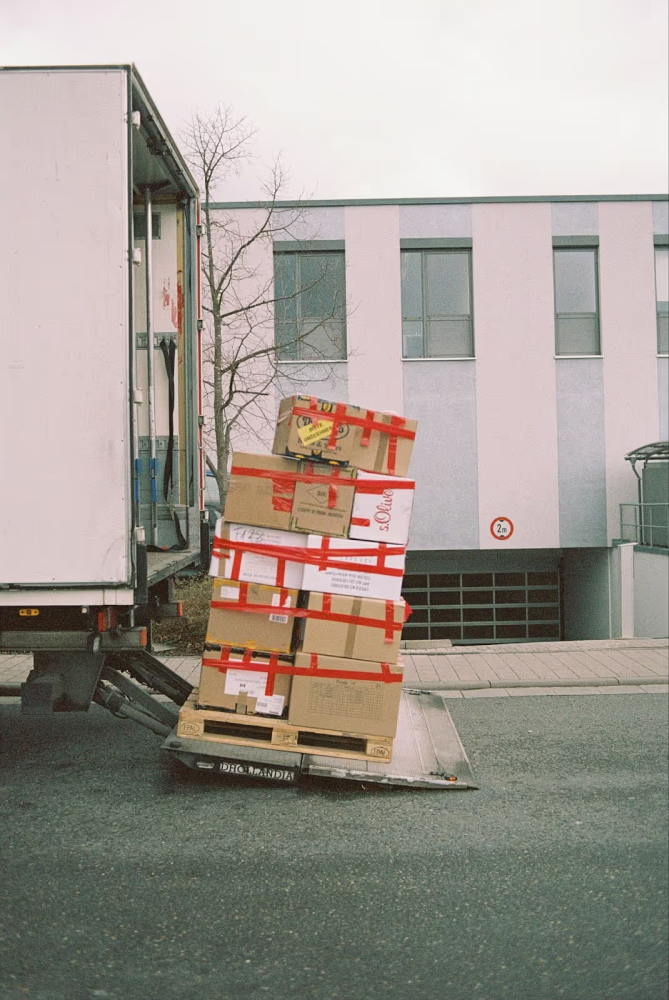

Even overstuffing boxes with filler can backfire. Your package's weight will increase, leading to higher shipping costs.
You'll be better off customizing boxes so you'll get the right size then insert the appropriate amount of filler. This will allow you to create a snug fit that minimizes movement and maximizes protection.
Label Errors
Your product labels are like tiny billboards, silently shouting your brand message and convincing customers to pick you off the shelf. But typos, blurry images, or missing information can turn that silent shout into a confused mumble.
Imagine a customer browsing the shelf. Excited to learn more, they pick up your product. But then they see a typo or a blurry image. Not exactly a great first impression, right?
Accurate labels with clear, high-quality images showcase your professionalism and attention to detail. This builds trust with potential customers, making them more likely to choose your product over the competition.
Also, double-check your labels to ensure they include all the legally required information like ingredients, safety warnings, and usage instructions. Following guidelines protects your business and keeps your customers safe.
Poor Design and Branding
You want packaging that pops, not flops. Generic box designs with bland and inconsistent branding elements result in underwhelming packaging. That's why investing in strong packaging design is so important.
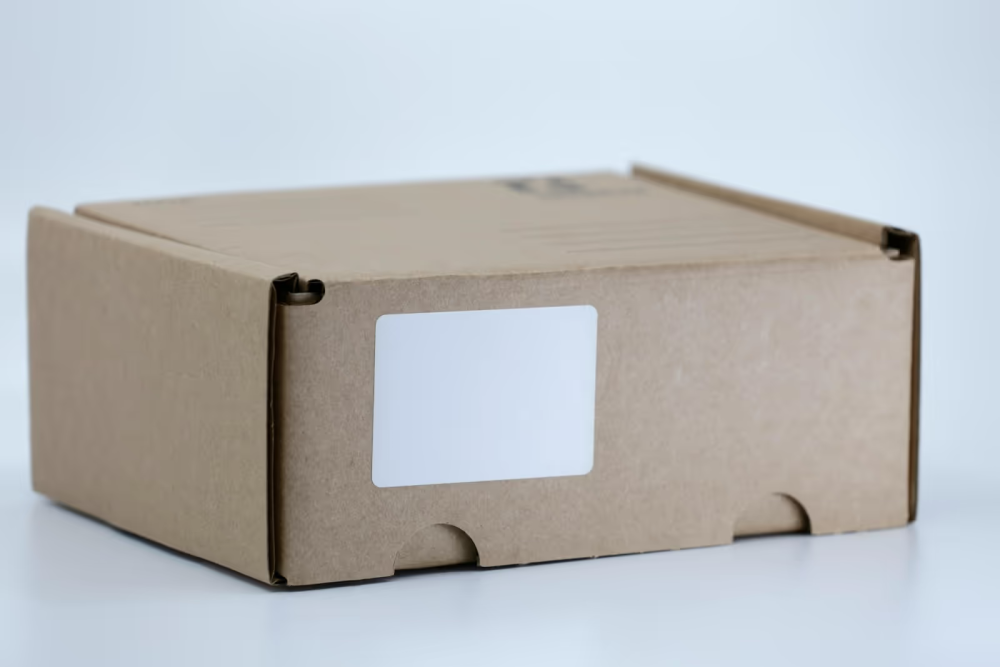

Ask yourself: Will my packaging stand out on store shelves? Will my shipping boxes excite customers once they receive them? What makes my packaging unique? What story am I telling?
A strong packaging design pops off the shelf, grabs attention, and differentiates your brand from the competition.
You want to be consistent as well. Use high-quality visuals, colors, and fonts throughout your product line. This creates a sense of unity and recognition, making your brand instantly memorable.
Also, let your brand identity shine! Is your brand playful and whimsical? Authentic designs that reflect your brand personality will resonate better with customers, building a stronger emotional connection and fostering brand loyalty.
Unlicensed Design Elements
Using unlicensed design elements on your packaging can land you in hot water. Imagine the frustration of building a loyal customer base only to have it all come crashing down due to a copyright issue.
You don't want to deal with fines and lawsuits. And you don't want to risk your brand reputation by stealing designs from artists. You're better off hiring a freelance designer to work on your graphic elements. Even better, you can assign someone from your team to create packaging designs.
If you're really set on using copyrighted design elements, you should consider licensing.
Licensing fees often go directly to the artists who created the designs, so you're actually supporting their work. You can also consider collaborating with them.
Overcomplicated Design
In their mission to create a unique design, some businesses end up going overboard. They introduce too many design elements and create cluttered layouts. This makes it harder for customers to receive your message which defeats the whole purpose of your packaging.
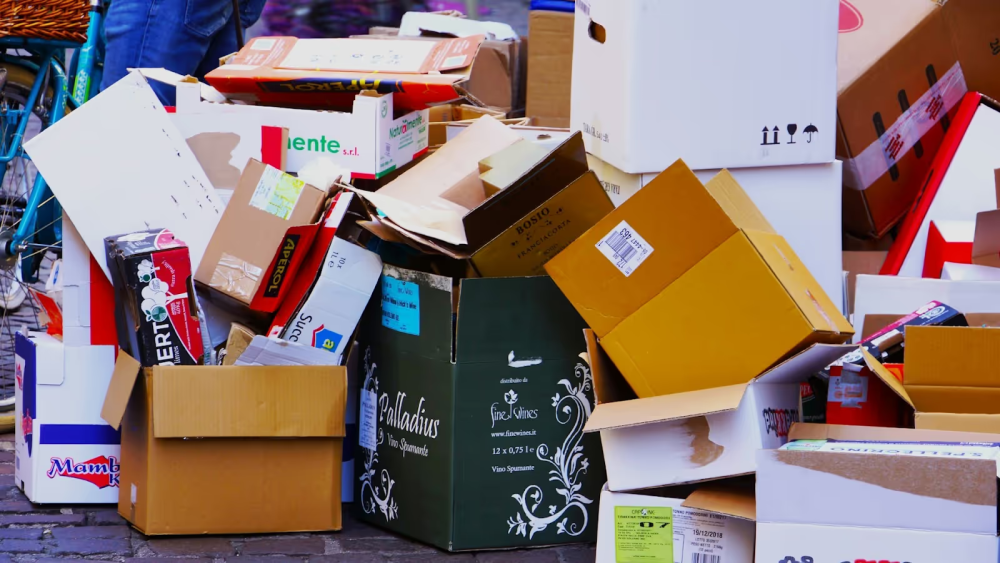

Customers want to quickly understand what your product is and why they need it.
Clean and concise packaging with a clear hierarchy of information and a visually appealing layout allows them to do just that. Your design should draw shoppers in and make them want to learn more.
Focus on the essentials! Prioritize clear product information, your brand logo, and a captivating image that showcases your product's beauty or functionality. Let these elements speak for themselves.
Remember: White space is your friend! It creates a sense of balance and allows the key elements of your design to breathe. You'll be surprised at how much more impactful your packaging can be.
Bad Unboxing Experience
A fantastic unboxing experience is your opportunity to create a lasting impression and turn a customer into a loyal fan.
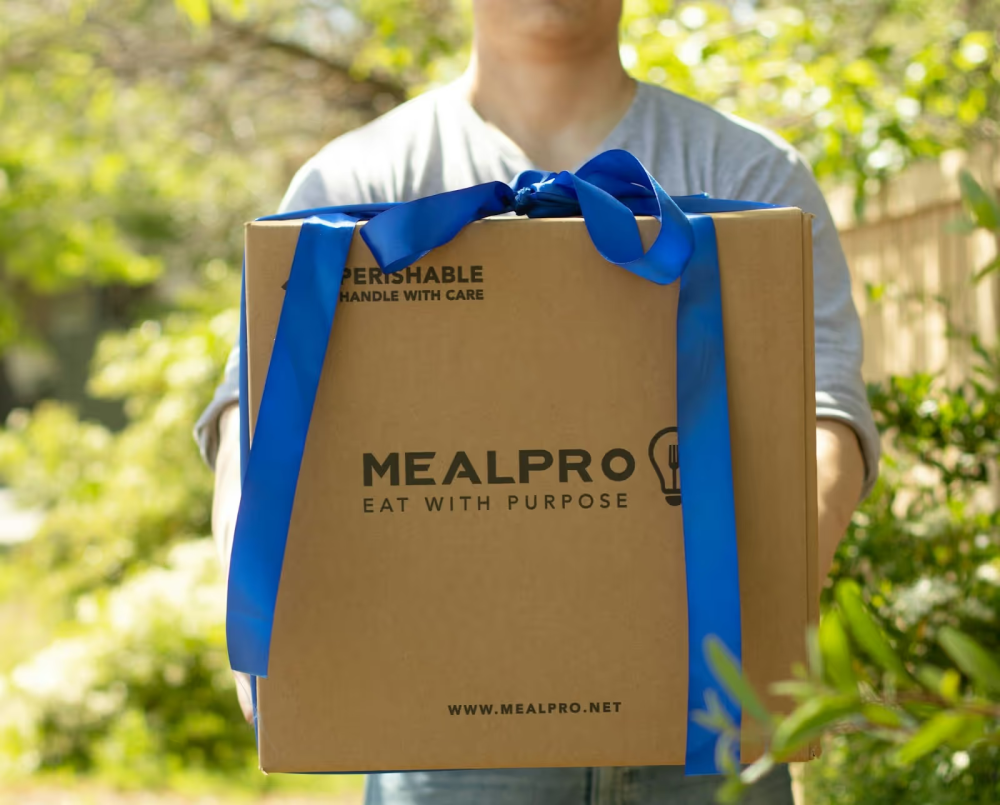

Businesses should build anticipation with every box they send to customers. For example, wrapping products inside custom tissue paper is a nice touch. You can also insert a thank you card with every package you send.
Another way of improving a customer's unboxing experience is by including freebies like stickers.
Misleading Information
Your packaging shouldn't include exaggerated claims or misleading information. It affects customer trust and tarnishes your reputation.
While it can result in short-term gains, you'll slowly lose customers the minute they realize your products aren't living up to the hype. Focus on clear, honest descriptions that highlight your product's true strengths. Transparency is the foundation for a strong brand relationship.
Conclusion
This guide has explored ten key areas where packaging can go wrong — from flimsy materials and wasteful practices to confusing labels and uninspired designs.
Use strong, protective, and eco-friendly packaging materials. Make sure you have clear and accurate labels. Have a captivating design that reflects your brand identity. These are just some of the things you can do when creating packaging for your business.
Always remember that your packaging is an extension of your brand. It's your chance to tell your story and connect with customers on an emotional level. Don't settle for generic boxes. Invest in impactful packaging that showcases your product's value and sets you apart from the competition.
Related Posts
